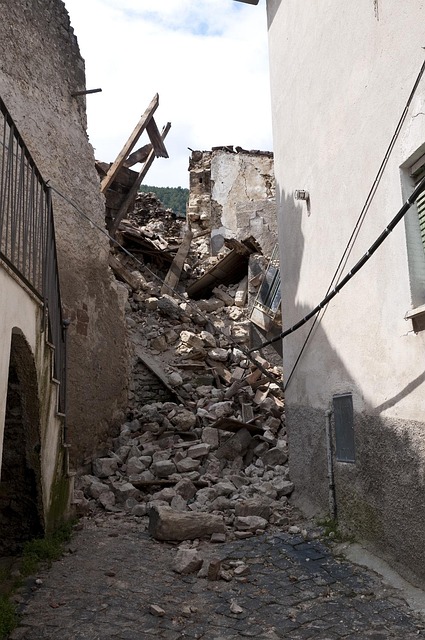Post-storm, San Antonio homeowners should prioritize their property's safety and structural integrity through thorough exterior and interior inspections. Document evidence of damage and contact specialized storm damage repair companies. Key actions include securing loose debris, temporarily patching roofs, disconnecting damaged electrical lines, checking for leaks, gas/water line damage, and ensuring external structure stability while preventing carbon monoxide risks from alternative power sources. This systematic approach facilitates effective storm damage repair tailored to local needs.
“After a storm, ensuring your home’s safety is paramount for San Antonio residents. This comprehensive guide offers an in-depth look at post-storm recovery through meticulous inspections. We’ll walk you through a step-by-step process to assess structural integrity, identifying and mitigating common hazards. Learn how to prioritize essential safety checks, enabling efficient storm damage repair for a secure home environment. Discover the key aspects of home recovery to ensure your family’s well-being.”
- Assessing Structural Integrity After Storms: A Step-by-Step Guide for San Antonio Homeowners
- Identifying and Mitigating Common Safety Hazards in Post-Storm Home Inspections
- Prioritizing Home Recovery: Essential Safety Checks for San Antonio Residents Following Storm Damage
Assessing Structural Integrity After Storms: A Step-by-Step Guide for San Antonio Homeowners

After a storm, the first step in any home recovery process is assessing the structural integrity of your property. San Antonio homeowners should carefully inspect their homes for potential hazards and damage. Start by visually examining the exterior, checking for loose or damaged roofing materials, cracked windows, or leaning walls. These could indicate significant structural issues that require immediate attention from a professional.
Next, head indoors to assess the interior structure. Look for signs of water intrusion, such as mold growth, peeling paint, or warped floors and ceilings. Check utility services like electricity, plumbing, and gas for any damage or disconnections. If you suspect storm damage repair is needed, document evidence, including photos and video, before contacting a reliable restoration company specializing in San Antonio storm damage repair to ensure your home’s safety and stability.
Identifying and Mitigating Common Safety Hazards in Post-Storm Home Inspections

After a storm, San Antonio homeowners often face the daunting task of assessing and repairing storm damage. During post-storm home inspections, it’s crucial to identify common safety hazards that could have emerged. Leaking roofs, fallen trees, and damaged electrical wires are frequent concerns. Homeowners should carefully inspect these areas to ensure no structural integrity issues exist before proceeding with storm damage repair in San Antonio.
Mitigating these hazards promptly is essential for both safety and preventing further damage. Secure any loose debris around the property, temporarily patch roofs to protect from further water intrusion, and disconnect damaged electrical lines until professionals can assess and restore them. A thorough inspection and timely mitigation not only safeguard occupants but also help in the overall storm damage repair process, ensuring homes are safe and habitable as soon as possible.
Prioritizing Home Recovery: Essential Safety Checks for San Antonio Residents Following Storm Damage

In the aftermath of a storm, San Antonio residents face a critical task: prioritizing home recovery. With potential safety hazards lurking, storm damage repair for San Antonio homeowners demands a systematic approach to ensure well-being and prevent further risks. Every step counts when navigating through damaged homes, from assessing structural integrity to identifying hazardous materials like fallen trees or exposed electrical wires.
Focusing on essential safety checks is paramount. This includes inspecting roofs for leaks or missing shingles, checking for gas or water line damage, and ensuring the stability of external structures. San Antonio homeowners should also be vigilant about potential carbon monoxide risks from alternative power sources used during outages. Prioritizing these critical areas facilitates a safer recovery process and paves the way for effective storm damage repair.
After navigating the challenges of storm damage, San Antonio homeowners can ensure a safer and more secure living environment by thoroughly inspecting their properties. By following the step-by-step guide on structural integrity assessment and prioritizing essential safety checks, residents can mitigate common hazards effectively. Armed with knowledge about identifying potential risks, homeowners are better equipped to tackle storm damage repair, fostering a resilient community ready to bounce back from any natural occurrence.
